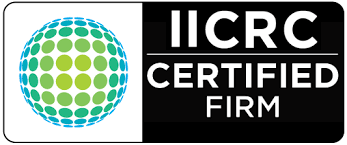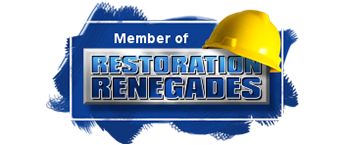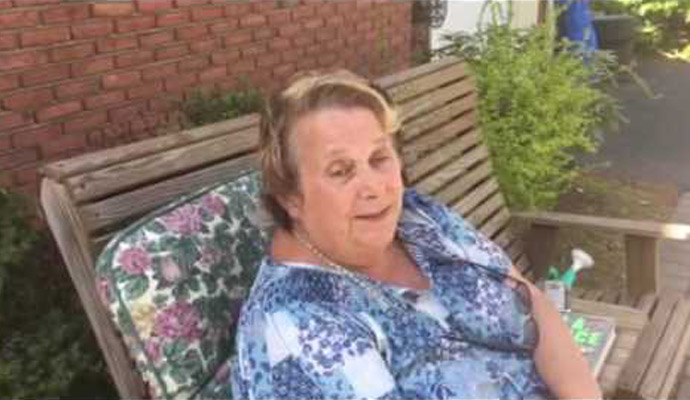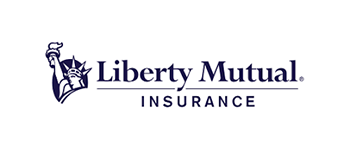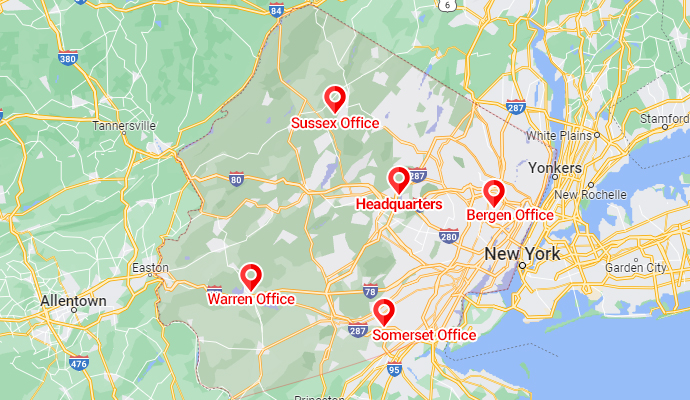What to Do After a Biohazard Incident: A Homeowner’s Action Plan
Experiencing a biohazard incident in your home can be both alarming and hazardous. Biohazards encompass biological substances that pose a threat to human health, such as bloodborne pathogens, bodily fluids, and other infectious materials. Proper handling and cleanup are crucial to ensure the safety of all occupants and to restore the environment to a habitable state. This action plan outlines the essential steps homeowners should take following a biohazard incident.

1. Ensure Personal Safety and Evacuate the Area
Immediately after identifying a biohazard situation, prioritize personal safety. Avoid direct contact with the hazardous material, as exposure can lead to serious health risks. Evacuate all individuals and pets from the affected area to prevent contamination. If the incident involves airborne pathogens or chemical hazards, ensure proper ventilation by opening windows and doors, if it is safe to do so.
2. Restrict Access and Secure the Area
To prevent the spread of contamination, isolate the affected zone. Use physical barriers, such as caution tape or temporary fencing, to secure the area and restrict access. Clearly mark the perimeter to warn others of the potential danger. Limiting access helps contain the biohazard and reduces the risk of exposure to others.
3. Contact Professional Biohazard Cleanup Services
Biohazard remediation requires specialized knowledge, equipment, and adherence to health and safety regulations. Contact certified biohazard cleanup professionals who are trained to handle and dispose of hazardous materials safely. Attempting to clean up biohazards without proper training can exacerbate the situation and pose additional health risks.
4. Notify Relevant Authorities
Depending on the nature of the incident, it may be necessary to inform local health departments, environmental agencies, or other relevant authorities. For example, incidents involving infectious diseases or hazardous chemical spills often require official reporting. Prompt notification ensures that appropriate measures are taken to protect public health and the environment.
5. Document the Incident
Thorough documentation is essential for insurance claims and potential legal matters. Take detailed notes about the incident, including the date, time, location, and nature of the biohazard. Photograph the affected areas and any damaged property. Keep records of all communications with authorities and cleanup professionals, as well as receipts for services rendered.
6. Communicate with Your Insurance Provider
Contact your homeowner’s insurance company to report the incident and initiate a claim. Provide them with the documentation you have gathered and follow their instructions regarding the claims process. Some policies cover biohazard cleanup and associated damages, so it is important to understand your coverage and any requirements set forth by your insurer.
7. Prevent Future Incidents
After the cleanup and restoration are complete, take proactive steps to prevent future biohazard situations. This may include implementing safety measures, such as installing protective barriers, using appropriate storage for hazardous materials, and educating household members about biohazard risks and response protocols. Regular maintenance and awareness can significantly reduce the likelihood of recurring incidents.
In conclusion, addressing a biohazard incident promptly and effectively is vital to safeguarding the health of your household and restoring your home. By following this action plan and engaging professional assistance, homeowners can navigate the challenges posed by biohazard situations with confidence and care.




